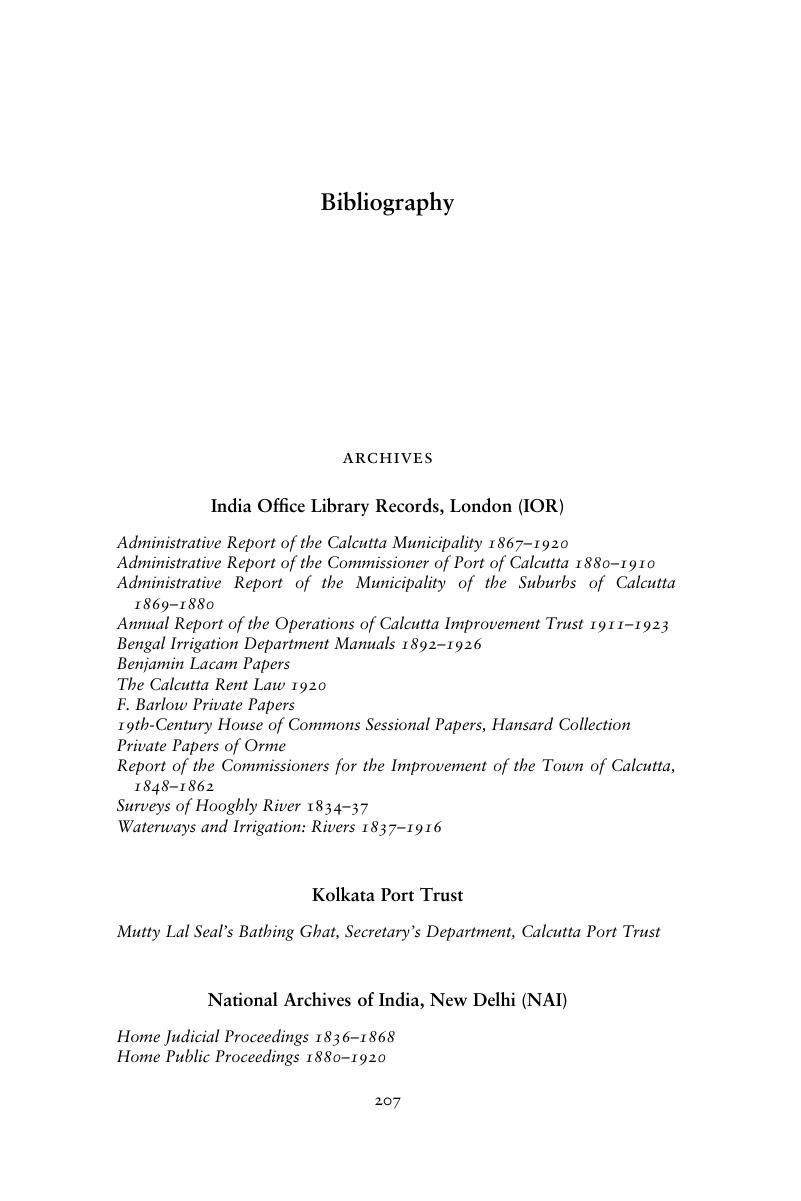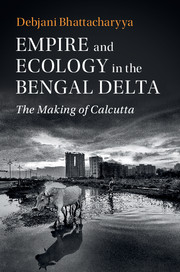Book contents
- Empire and Ecology in the Bengal Delta
- Studies in Environment and History
- Empire and Ecology in the Bengal Delta
- Copyright page
- Contents
- Figures
- Acknowledgments
- Introduction
- Part I Environmental Consolidations
- Part II Legal Maneuvers
- Part III Unreal Estate
- Conclusion
- Glossary
- Bibliography
- Index
- References
Bibliography
Published online by Cambridge University Press: 11 May 2018
- Empire and Ecology in the Bengal Delta
- Studies in Environment and History
- Empire and Ecology in the Bengal Delta
- Copyright page
- Contents
- Figures
- Acknowledgments
- Introduction
- Part I Environmental Consolidations
- Part II Legal Maneuvers
- Part III Unreal Estate
- Conclusion
- Glossary
- Bibliography
- Index
- References
Summary

- Type
- Chapter
- Information
- Empire and Ecology in the Bengal DeltaThe Making of Calcutta, pp. 207 - 234Publisher: Cambridge University PressPrint publication year: 2018



